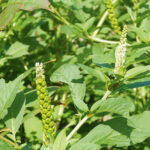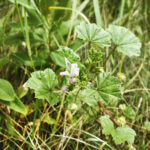Chook Patrol: The toxic mistakes you may be making with your poultry
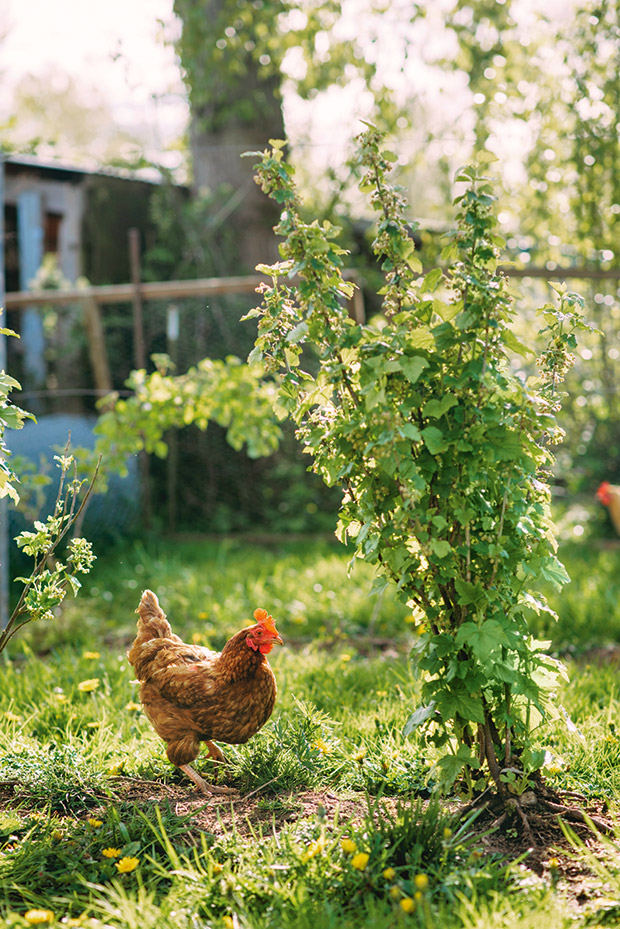
There are all kinds of myths and ‘fake news’ about poultry, and some of them are deadly.
Words: Sue Clarke
When a bird shows signs of illness, a lot of poultry people turn to Google. There is an enormous amount of information online. Some of it is correct. A lot of it is conflicting or wrong. It can be hard, even for experienced poultry people, to know the difference.
Read comments online from poultry people on treatment options, and no matter what the question, you’ll see emphatic replies, such as: “I always use ******* and they’re not dead yet!” “My chickens always eat **** – they love it and are never sick/dead.”
But you have no idea if the commenter’s birds got sick later or died. Whether they were gradually accumulating a toxic substance in their organs or had symptoms of illness that weren’t observed. For example, a hen with diarrhoea might have a severe virus or eaten something toxic that caused a gut upset, but her owner has wrongly assumed (without testing or observation of other symptoms) that diarrhoea means parasites.
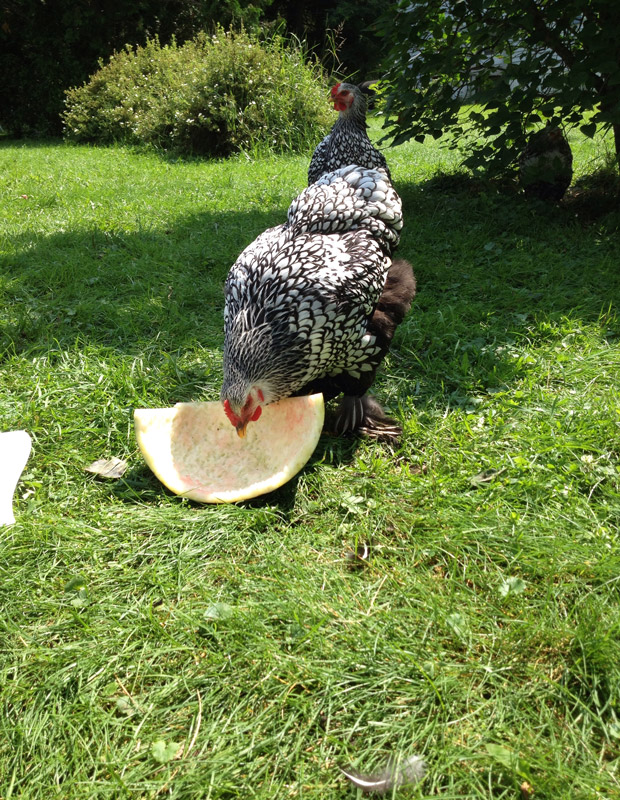
That’s why it’s common to see people attempting to ‘medicate’ a bird themselves. They are often unaware that something they are doing or feeding is toxic – potentially deadly – to their flock, or even to themselves if they eat eggs or meat from the birds they are treating.
There are five common areas where people get it wrong:
– drugs/medicine/antibiotics/parasite treatments for other livestock are used ‘off label’ for poultry;
– medication is used for the wrong age groups of poultry;
– people not observing recommended withdrawal periods for medications;
– birds have access to or are offered feed/weeds/vegetation that may be toxic;
– birds are offered food formulated for another age group or for a different species.
1. Using ‘off label’ drugs or treatments
The term ‘off label’ means using a product designed, tested, and certified for use on another species, or for a condition other than what is on the label. There are legitimate reasons why a vet may prescribe a medication ‘off label’.
Sometimes the product hasn’t been approved in a particular country as the appropriate testing for registration hasn’t been done. The process is often expensive and not worth it to a drug company if the expected usage is not enough to warrant the expense.
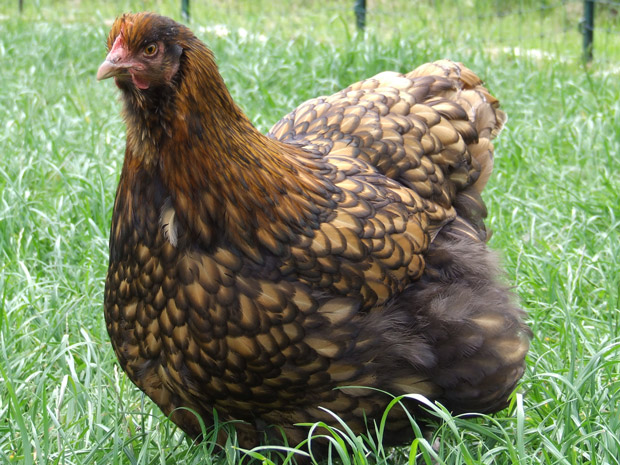
Vets have discretion to prescribe certain substances ‘off label’ in some situations. The most common use of ‘off label’ use in the poultry world is a topical (skin only) ivermectin-based product for cattle that also treats internal and external parasites in chickens. It’s a tiny dose (0.1ml or 1 drop) per kilogram of body weight, applied to the skin. Most vets will ok this use.
However, people make assumptions. They use another type of drench chemical, thinking it’s similar because it also kills parasites. They use an oral product applied to the skin, or ‘drench’ a bird with a topical product. None of these are effective, and they can be toxic or fatal. Another trend I’ve seen online is to use flea treatments for cats and dogs, because birds are a similar size and the products can be bought off the shelf.
This is very risky, because:
– some chemicals used to treat pets or livestock are highly toxic or fatal to birds;
– bird metabolism is entirely different from mammals;
– even if it did work, you wouldn’t know the correct dosage.
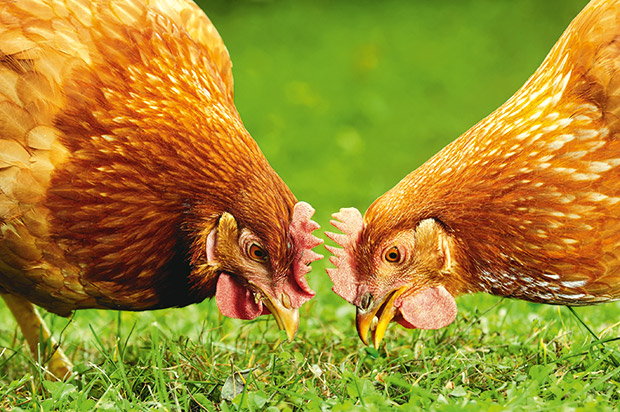
I’ve heard of some risky practices. For example, Frontline is a parasite treatment used on dogs and cats reportedly used by some people on poultry. Worse, it even seems to be advocated by some vets. However, the active ingredient – fipronil – is highly toxic to birds (read more at right).
A 0.5ml dose of Frontline to control fleas in a cat contains 100g/litre of filpronil. The fatal level of filpronel for a chicken is just 11.3 mcg/kg. There are 1000mcg (micrograms) in a milligram, but note the measurement on the pack is in grams per litre. There’s no way to easily calculate a dose, even if the product was safe to use in poultry (which it’s not).
2. Mistakes using poultry medication
Mistakes when using poultry medication are often inadvertent and tend to cause problems for anyone eating eggs or meat from the affected bird, rather than the bird itself. One common issue is feeding medicated chick starter feed to birds of laying age or those to be slaughtered for meat.
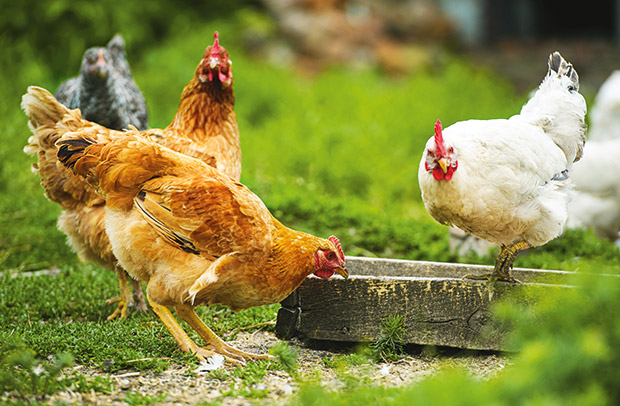
Starter feed is designed for chicks to eat from one-day-old up until the age of 16 weeks or so. Most commercial products contain a special medication (a coccidiostat) to prevent coccidiosis, a common, often fatal, gut parasite. The level of medication in the feed won’t treat a full-blown infection but is designed to add just enough to a chick’s diet to help it form immunity to the parasites.
Most people feed chick starter until birds are 6 weeks old, when they change to a medication-free ‘grower’ feed, or (if grower isn’t available), or 16 weeks old, when their bodies can handle layer feed formulations (which are higher in calcium).
Depending on the breed, hens can start laying from 18 weeks onwards and should be on layer feed. The time-lag means that once you start eating the eggs, there will be no residual medication in their bodies. Commercially produced meat chickens also get a coccidiostat in their feed. This feed is replaced by a medication-free option for the last six days before slaughter. The meat is routinely tested to ensure compliance.
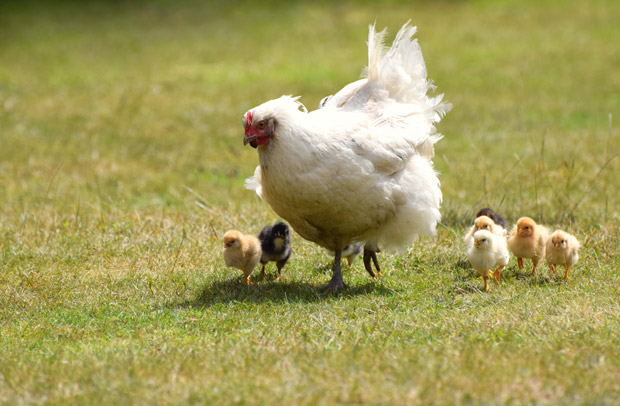
Other medications and worming products have chemicals in them that take time to clear a chicken’s system, including eggs. The withholding period on eating the meat or eggs is usually seven, 10 or 14 days. These withdrawal periods are in place to protect human health. But I often read comments from people in poultry groups saying that they feed chick starter to hens or administer wormers and still eat the eggs, joking “I’m not dead yet!”
Antibiotics are rarely prescribed to a small flock. If the birds are sick enough to need an antibiotic, it’s likely they’re not laying eggs. However, sometimes people admit to using antibiotics prescribed for other farm animals or domestic pets on their poultry.
They assume it will treat a similar condition, and they can save money on consulting a vet and paying for medication. If you eat the eggs or the meat from that bird, it’s potentially dangerous to your health. It’s also unlikely to help the sick bird as you won’t know the correct dose, or even if the drug works in poultry.
3. Eating toxic plants
Birds can eat or be fed toxic substances. Sometimes they’ll instinctively stay away from toxic substances or plants, but they might eat them if they’re hungry or make a mistake. Birds on a bare run, fed kitchen food scraps, weeds, and discarded garden plants, are at particular risk as they’re more likely to be hungry, or bored, than birds in a large free-range pasture.
- Kowhai.
- Lily of the Valley.
- Inkweed.
- Karaka.
- Eucalyptus.
- Mallow.
Some of the riskier plants include:
– parsnip, celery or parsley leaves – these contain furocoumarins, which can inflame the gullet, causing dermatitis and fluid-filled vesicles on un-feathered skin;
– green potatoes and green nightshade berries and foliage – these contain solanin, which causes depression and diarrhoea;
– rhubarb leaves – these contain oxalic acid, which can cause gut inflammation and haemorrhages in small blood vessels.
Rhubarb can be a confusing one. People in online poultry groups will often say their birds eat rhubarb leaves with no ill effects. It’s thought oxalic acid levels may be lower at certain times of year. However, it’s also possible an owner hasn’t observed the bird suffering from gut inflammation and diarrhoea.
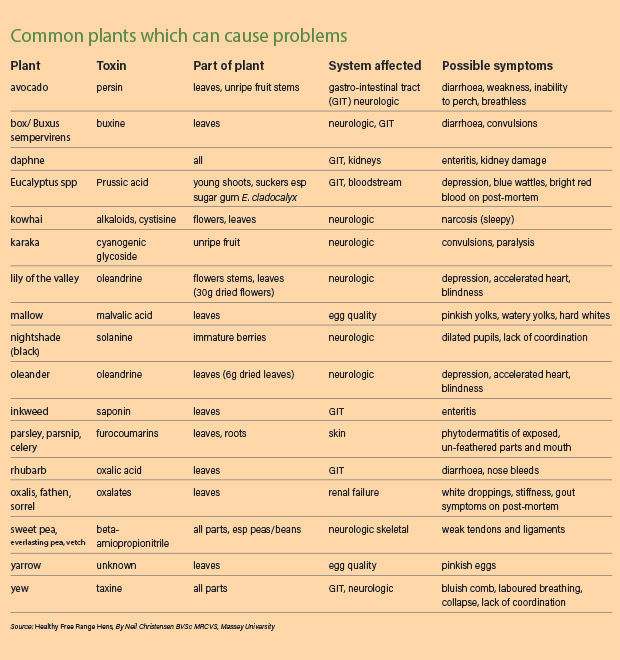
4. Eating other toxic substances
A few common products can be toxic or fatal to poultry.
INSECTS
Toxic insects are common overseas, but Auckland-based avian vet Neil Christensen (www.avivet.co.nz) has found deaths in poultry that have eaten southern ants, which stung the birds in the crop.
CREOSOTE
How: pecking treated woodwork
Signs: can cause uneven growth, waddling gait caused by fluid in the abdomen, enlarged liver, weak immune system which may make birds more susceptible to disease, including coccidiosis.
ZINC OXIDE
How: birds may eat granules commonly used for the treatment of facial eczema in cattle and sheep.
Signs: induced moulting.
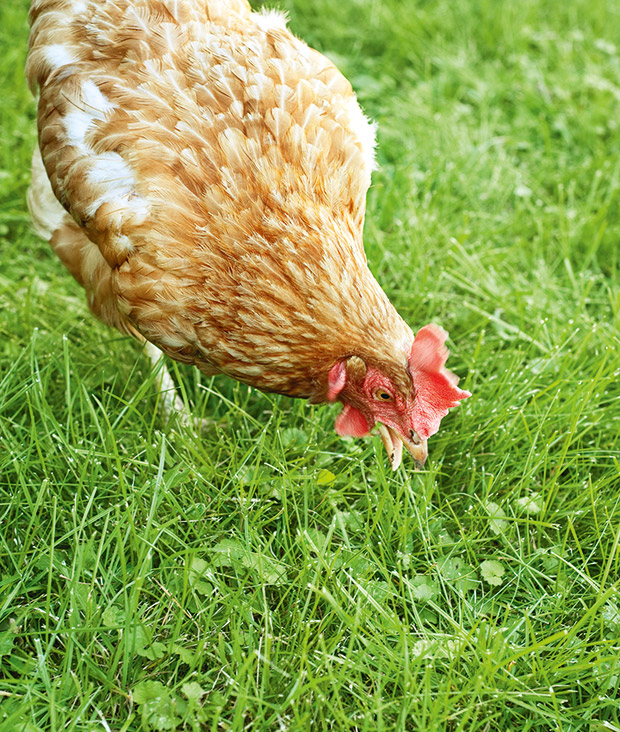
SALT
How: birds may eat salt-based weed-killing products, brine/salt discarded from home curing of bacon and ham, or meat and bone meal with high levels of salt.
Signs: extreme thirst, difficulty breathing, twisted necks, turkeys more susceptible than chickens, can be fatal.
COPPER
How: eating seeds coated in copper (to protect seeds from fungus), spray on fruit trees.
Signs: convulsions, paralysis, green-blue diarrhoea.
FERTILISER (superphosphate, RPR rock)
How: eating granules spread on pasture or in the garden.
Signs: can cause an upset of the calcium-phosphorous balance, may affect egg production and eggshell strength.
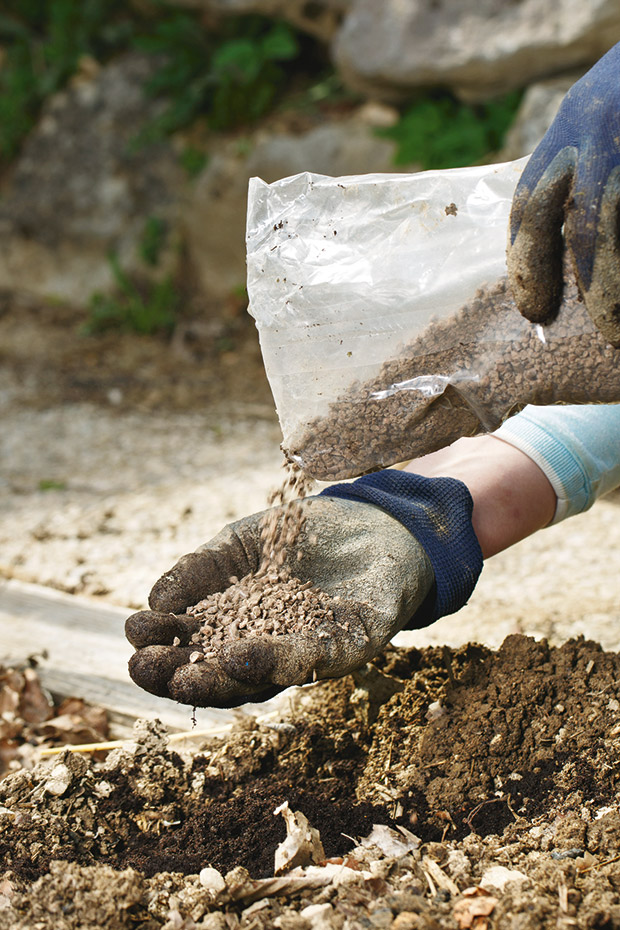
RODENTICIDES (brodifacoum, bromodiolone)
How: eating bait and/or bodies of poisoned rats and mice.
Signs: internal bleeding, death.
MYCOTOXINS
How: eating mouldy or spoiled feed and grains, often found in old/stale/rancid feeds or grains, especially if allowed to get damp.
Signs: may be vague, including failure to grow, poor production, scouring, loose droppings.
5. Feed produced for other livestock
Some feed manufacturers make a general ‘multi feed’. These will stipulate what species it’s suitable for (usually sheep, cattle and goats), and note it’s not suitable for other species.
It’s not good for poultry because:
– the protein content is too low;
– it’s deficient in essential amino acids required by chickens;
– calcium levels will not sustain eggshell production;
– it may contain coccidiostats only suitable for cattle or other livestock.
Nb: there is a range of coccidiostat medications for poultry and calf feed, and some are toxic to other stock, eg the ionophore family used for poultry is toxic to turkeys; rumensin, often used in calf feeds, is deadly to dogs and highly toxic to horses.
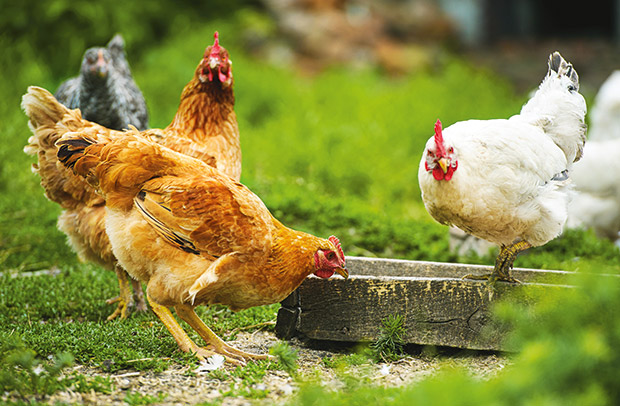
Another mistake is to let poultry under 16 weeks of age eat layer feed. Layer feed is formulated with a very high level of calcium (3.5-4 percent) to supply the laying hen with what she needs to produce an eggshell. The percentage of calcium is written on the bag. Adult birds can excrete excess calcium via the kidneys. However, in birds under 16 weeks, excess calcium builds up as crystals in the tiny tubules of the kidneys.
In bad cases, it is also deposited in tissues around the body. This condition is known as visceral gout or urolithiasis. Chicks will seem healthy and continue to grow, but when they come under stress as young adults, for example, when they start laying, they may die from blockages in the kidneys.
Visceral gout can also occur in birds which are stressed by a period of water deprivation, a shortage of vitamin A, or a diet containing excess protein. Some adult laying hens may need additional calcium, often oyster shell grit or limestone.
It needs to be supplied in a dish separate to the main feed, preferably elevated so only adults can reach it. Roosters, non-laying hens, ducks, and chicks under 16 weeks don’t need this extra calcium.
WHAT DOES ‘TOXIC’ MEAN?
A toxicant is something that causes an unfavourable reaction, symptom, or, in some cases, death. Practically every substance is toxic. The difference between an undetectable, therapeutic, toxic, or lethal effect is in the dose.
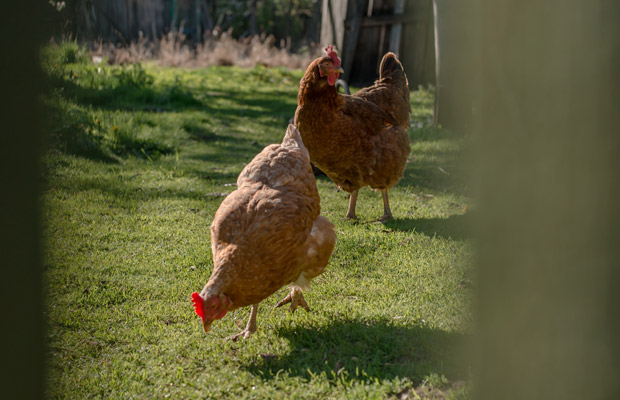
A toxin is a poison produced by a biological source (eg, plants). Toxicosis and poisoning are terms for the disease produced by a toxicant.
Toxicity (sometimes incorrectly used instead of poisoning) refers to the amount of a toxicant necessary to produce a detrimental effect. Acute toxicosis refers to effects during the first 24-hour period. Chronic toxicosis refers to the effects produced by prolonged exposure (≥3 months).
4 THINGS TO KNOW ABOUT FILPRONIL
Fipronil is the main ingredient in Frontline spot-on treatments. It’s highly toxic to chickens, but not to some other birds, such as ducks.
1. Never use filpronil on chickens and other poultry: they are much more sensitive to it than mammals. However, ducks and other aquatic birds tolerate fipronil better.
2. Fipronil is not approved for use in livestock in many countries (ie USA, EU, Australia) but is used on cattle in other countries (mainly Latin America, ie Argentina, Brazil, Mexico), mostly in pour-ons.
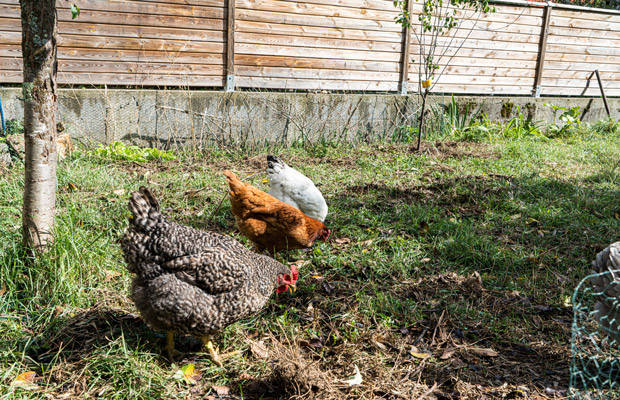
Most of these products have withholding periods of 3-4 months for meat and aren’t approved for use in dairy cows. Unfortunately, little is known about the target-animal safety of such pour-ons.
3. Never use on rabbits, particularly on young ones, which seem to be particularly sensitive.
4. Unless prescribed by a veterinary doctor, never use dog, cat or livestock products on poultry unless they are explicitly approved for such use. There is a high risk of overdose or an adverse reaction due to ingredients that aren’t tolerated or may be toxic to poultry.
MORE HERE
Love this story? Subscribe now!
 This article first appeared in NZ Lifestyle Block Magazine.
This article first appeared in NZ Lifestyle Block Magazine.


